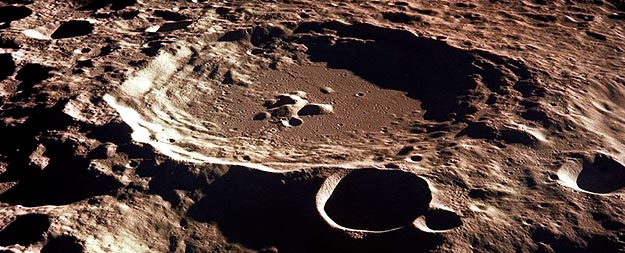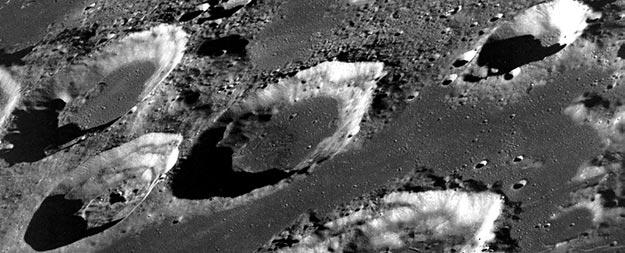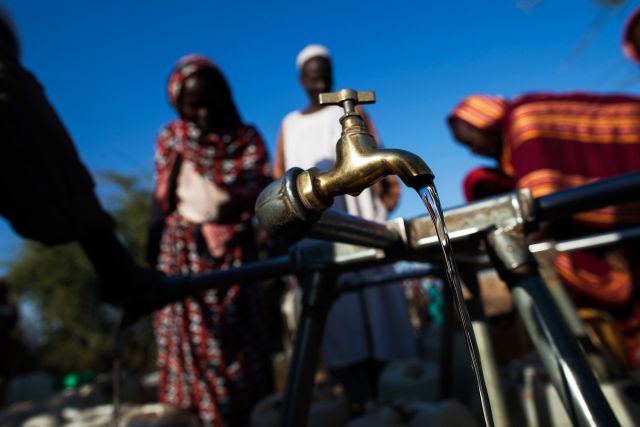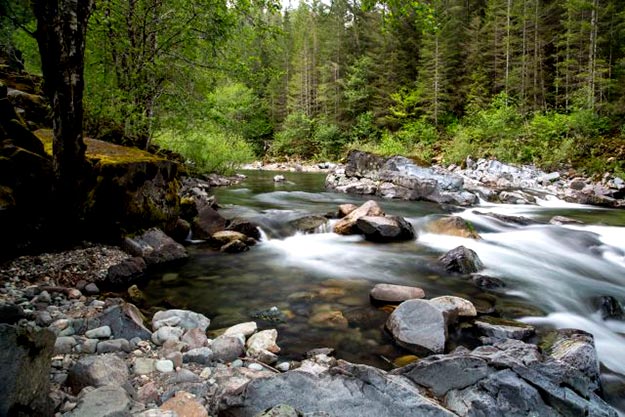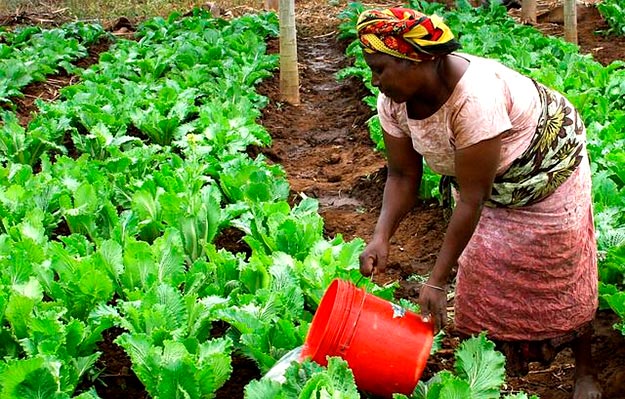A team of researchers at the University of California says that there could be way more ice water on the surface of the Moon than previously believed – and that could be a huge deal for future missions to the Moon.
By comparing shaded areas that are protected from the Sun on the surface of Mercury with similar shadowed craters on the Moon, they concluded that ice deposits, sometimes several meters thick, could survive inside shadowed craters near the Moon’s south pole.
Since they’re shielded from the Sun and endure temperatures as low as -233 Celsius at night, the interiors of those craters could harbor plenty of ice, according to the researchers. Their research was published in the journal Nature Geoscience on Monday. Read more

